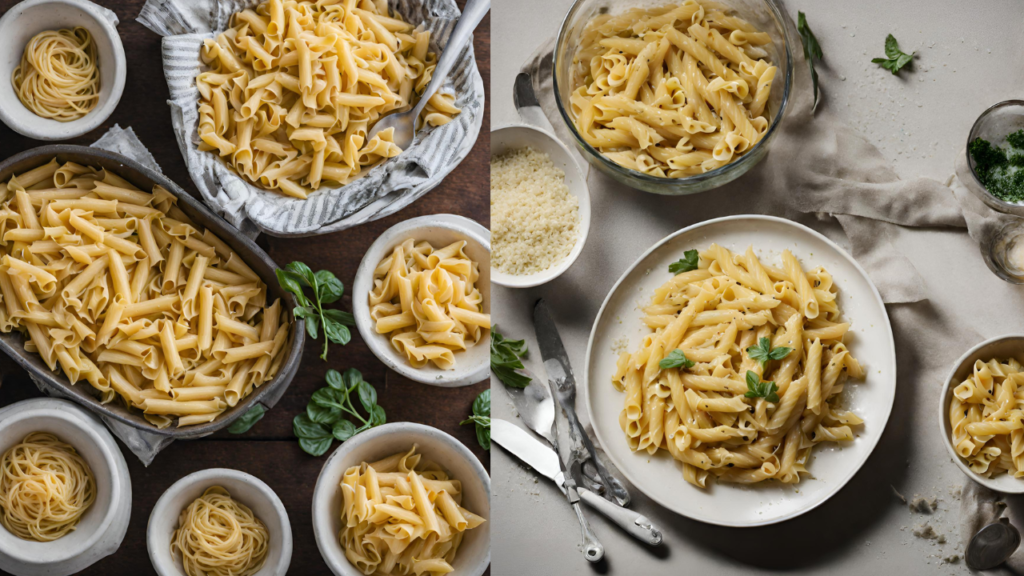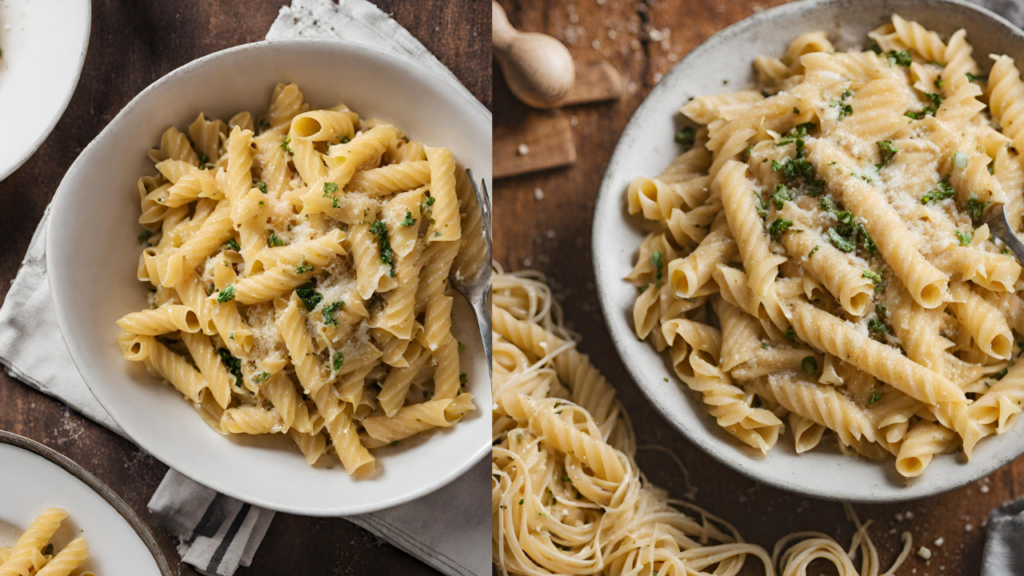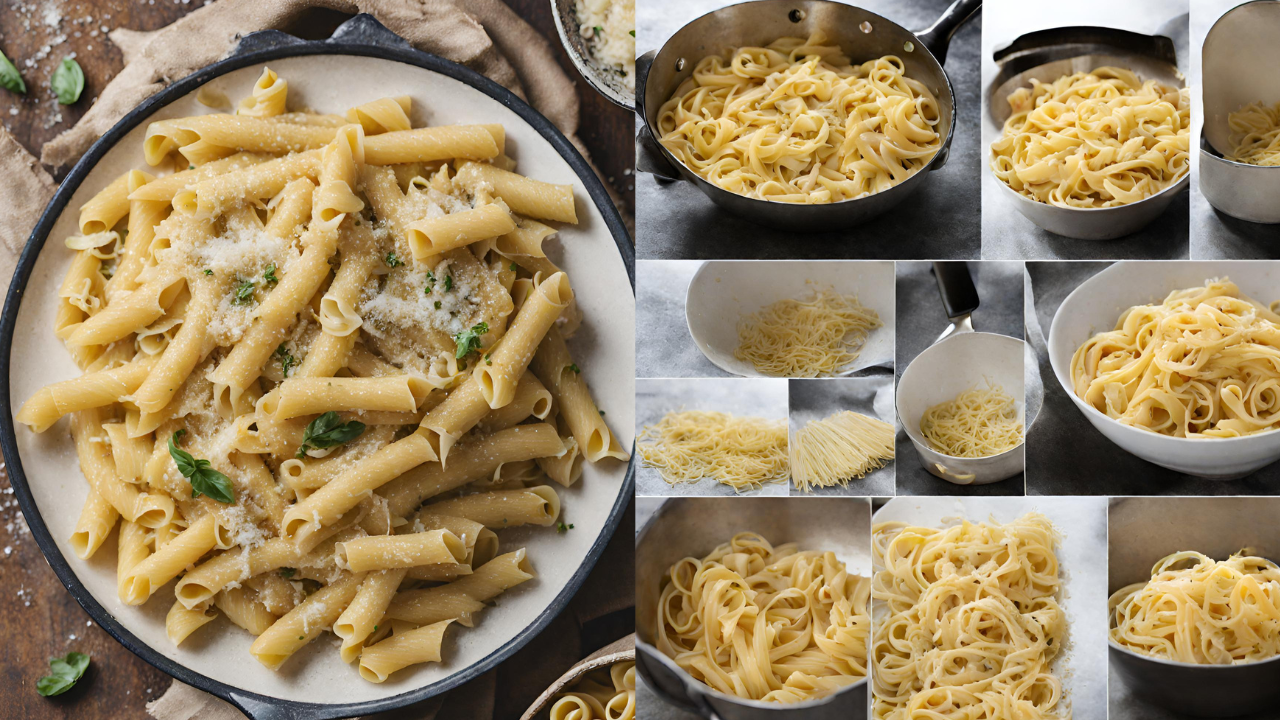SEO Meta Description
Looking to master the art of pasta-making? Dive into this comprehensive guide on how to write a aritical pasta, covering everything from choosing the right ingredients to mastering cooking techniques.
Introduction
Welcome to the ultimate guide on crafting the perfect pasta dish! Whether you’re a novice cook or a seasoned chef, there’s something truly magical about creating a delicious bowl of pasta from scratch. In this article, we’ll delve deep into the world of pasta-making, exploring tips, tricks, and techniques to help you write a aritical pasta that will leave your taste buds tingling with delight.
Table of Contents
Selecting the Right Pasta Shape
When it comes to pasta, the shape matters more than you might think. Each pasta shape is designed to pair perfectly with specific sauces and ingredients, enhancing the overall flavor and texture of the dish. Here’s a rundown of some popular pasta shapes and their ideal pairings:
Spaghetti H2
Spaghetti is perfect for classic tomato-based sauces like marinara or arrabbiata. Its long, thin shape allows the sauce to cling to every strand, ensuring a flavorful bite with each forkful.
Penne H2
Penne’s hollow center and ridged surface make it ideal for capturing thicker sauces like creamy Alfredo or hearty Bolognese. Its sturdy shape holds up well to hearty meat and vegetable additions.
Farfalle H2
Also known as bowtie or butterfly pasta, farfalle is perfect for light, delicate sauces like pesto or primavera. Its unique shape adds visual appeal to any dish and pairs beautifully with fresh herbs and vegetables.

Preparing the Perfect Sauce
No pasta dish is complete without a delicious sauce to tie everything together. Whether you prefer creamy, cheesy, or tomato-based sauces, mastering the art of sauce-making is essential for creating a memorable pasta experience. Here are some tips for preparing the perfect pasta sauce:
Fresh Ingredients H2
When it comes to sauce-making, fresh ingredients are key. Opt for ripe, juicy tomatoes for a vibrant tomato sauce, or use high-quality cheeses for a rich, creamy Alfredo.
Balancing Flavors H2
Achieving the perfect balance of flavors is crucial for a successful sauce. Experiment with different seasonings, herbs, and spices to enhance the overall taste of your dish.
Cooking Techniques H2
Pay attention to cooking techniques when preparing your sauce. Simmering low and slow allows the flavors to develop and meld together, resulting in a rich, complex sauce that’s bursting with flavor.
Salted Water H2
The salt adds flavor to the pasta and helps season it from the inside out.
Al Dente H2
Aim to cook your pasta al dente, which means it should be tender yet still firm to the bite. Cooking times can vary depending on the type and thickness of the pasta, so be sure to check the package instructions for guidance.
Reserve Pasta Water H2
Before draining your pasta, be sure to reserve a cup of the cooking water. The starchy water can be used to thin out sauces and help them adhere better to the pasta, creating a silky-smooth texture.
Garnishes and Finishing Touches H2
Elevate your pasta dish with a sprinkle of fresh herbs, a drizzle of extra virgin olive oil, or a dusting of grated Parmesan cheese. These finishing touches add depth of flavor and visual appeal to the dish.
Plating Techniques H2
Pay attention to plating techniques when serving your pasta. Opt for wide, shallow bowls to showcase the pasta and sauce, and use a pair of tongs to twirl the pasta into neat, organized nests.
Pairing Suggestions H2
Pair your pasta dish with a complementary beverage, such as a crisp white wine or a refreshing Italian soda.

FAQs (Frequently Asked Questions)
What is the best pasta shape for creamy sauces?
For creamy sauces, opt for pasta shapes with nooks and crannies to trap the sauce, such as penne or fusilli. Be sure to stir your pasta frequently while it’s cooking to prevent it from clumping together. Additionally, adding a splash of olive oil to the cooking water can help keep the pasta strands separate.
Can I use gluten-free pasta for these recipes?
Yes, you can substitute gluten-free pasta for traditional pasta in most recipes. Just be sure to follow the package instructions for cooking times, as gluten-free pasta may require slightly longer or shorter cooking times.
What is the best way to reheat leftover pasta?
To reheat leftover pasta, place it in a microwave-safe dish with a splash of water or sauce to prevent it from drying out. Cover the dish with a damp paper towel and microwave on high in 30-second intervals until heated through.
How long can I store cooked pasta in the refrigerator?
Cooked pasta can be stored in the refrigerator for up to three days in an airtight container. Be sure to let it cool completely before transferring it to the fridge to prevent condensation buildup.
Can I freeze cooked pasta for later use?
Yes, you can freeze cooked pasta for later use. Allow the pasta to cool completely, then transfer it to a freezer-safe container or resealable plastic bag. Be sure to remove as much air as possible before sealing, and use within three months for the best quality.
Conclusion
In conclusion, mastering the art of pasta-making is a rewarding endeavor that allows you to unleash your creativity in the kitchen. By following the tips and techniques outlined in this guide, you’ll be well on your way to crafting the perfect pasta dish that will impress family and friends alike.
